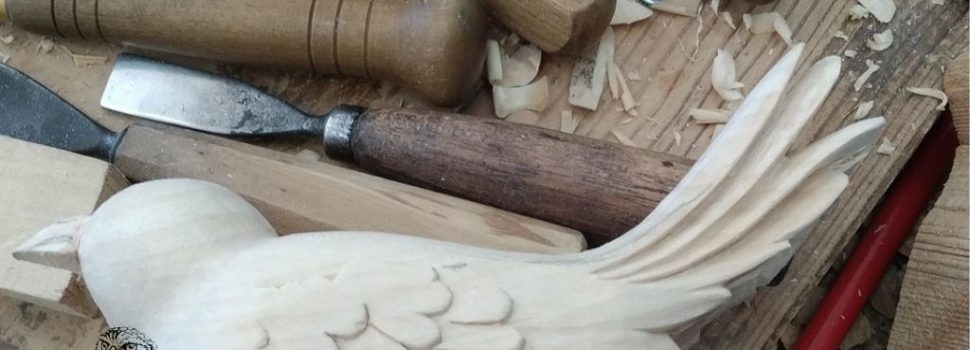
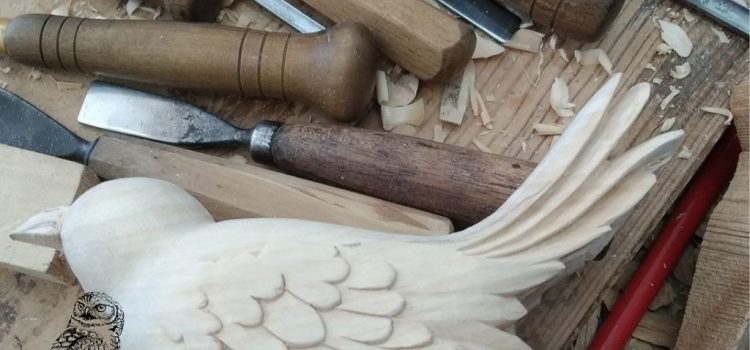
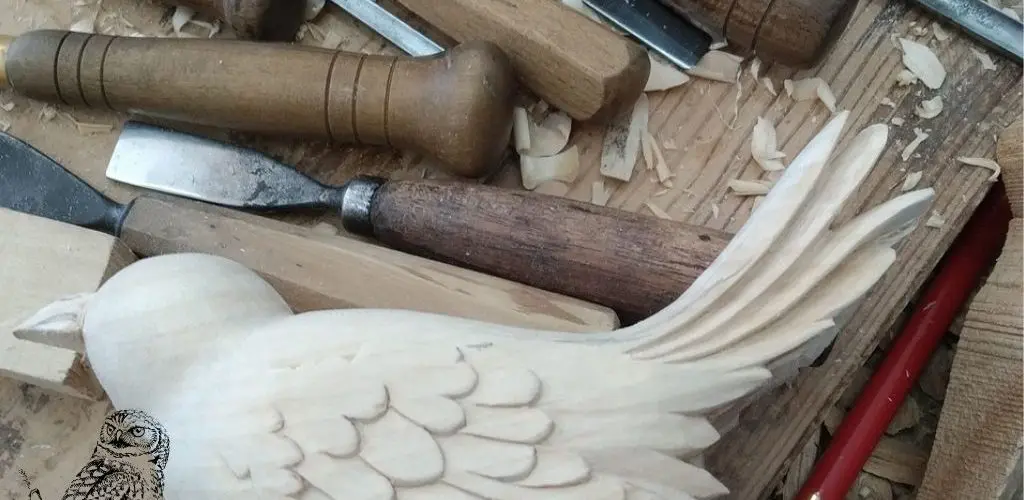
Estimated reading time: 9 minutes
Wood carving techniques vary and differ in the toolset required to perform each of them and what the end result of your carving should be. The general difference can be made between projects that create a sculpture and projects that are leveled on a wood panel such as relief carving and engraving.
Whittling Carving Technique
One of the most common hand wood carving techniques is whittling. Whittling has been around for centuries and it is the simplest carving craft that requires nothing but a simple knife that is well-sharpened. Whittling is done with three basic movements starting with a straight rough cut, pushing the blade down the wood, removing the slices one by one. You can either push the blade away from you or pull it towards you with each stroke.
Spoon and Bowl Carving Technique
Spoon and Bowl carving or any other round carving technique requires rounded blades to cut out the desired shape. The cuts are smaller, in general, and a mix of straight and round knives is required to perform the details of the whole project.
Chip Carving Technique
A carving process that involves many simple cuts is chip carving. As the name says, it is about chipping the small pieces of wood out of a wood board to create lovely shapes and patterns. It comes close to relief carving. Usually, crafters use special chip carving patterns to make the process easier and faster.
Relief carving technique
Wood relief carving techniques are about creating carvings on a wood panel that appears as if they are coming out of the background. This carving style is done by digging deep into the surface of the panel and creating different layers of the project, after which the background is being leveled down underneath the carving itself.
Different styles require special sets of tools and a level of expertise. In this article, I will share wood carving tips and techniques for both beginners and more experienced carvers.
Tools for each Wood Carving technique
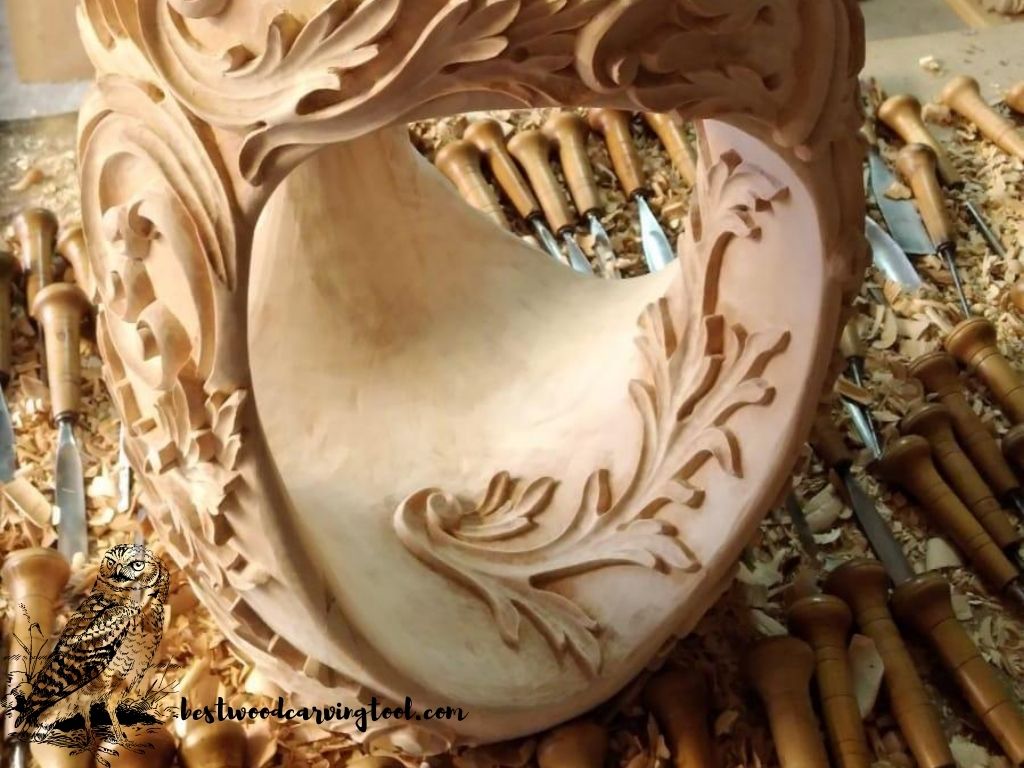
Basic wood carving techniques such as whittling can be done with nothing but a simple knife. A Whittling knife or a wood carving knife has a straight blade with a razor-sharp edge and a bevel. Most carvers who practice whittling and caricature carving in their workshops have blades with comfortable handles, but there are some good swiss knives and jacks that can perform very well with whittling projects. If you enjoy wood carving in nature, there are some excellent choices of foldable knives to carry with you.
Here is how the typical whittling knife looks like

Spoon and bowl carving projects, especially larger ones, require chisels in your toolset as well. Wood chisel carving techniques are to deepen the surface of the woodblock or panel, and thus this is a good choice for a tool you need to create a smooth convex carving. Chip carving requires a blade made special, or a knife that is commonly called a chip carving knife. These bent blades can be placed under the category of chisels.
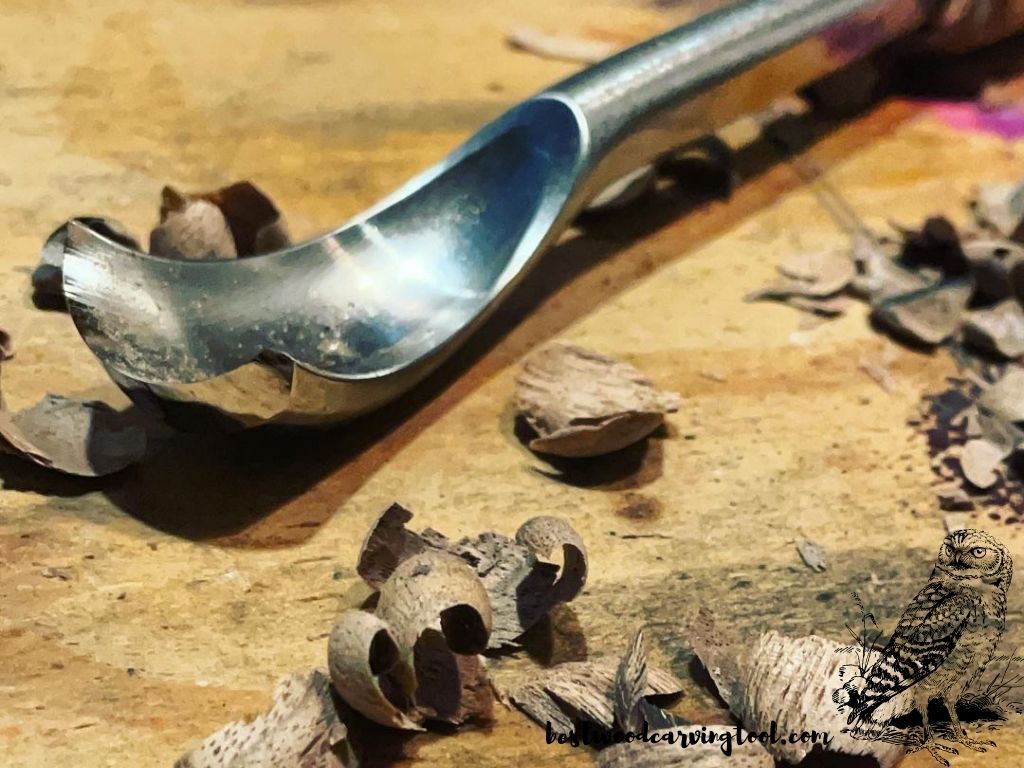
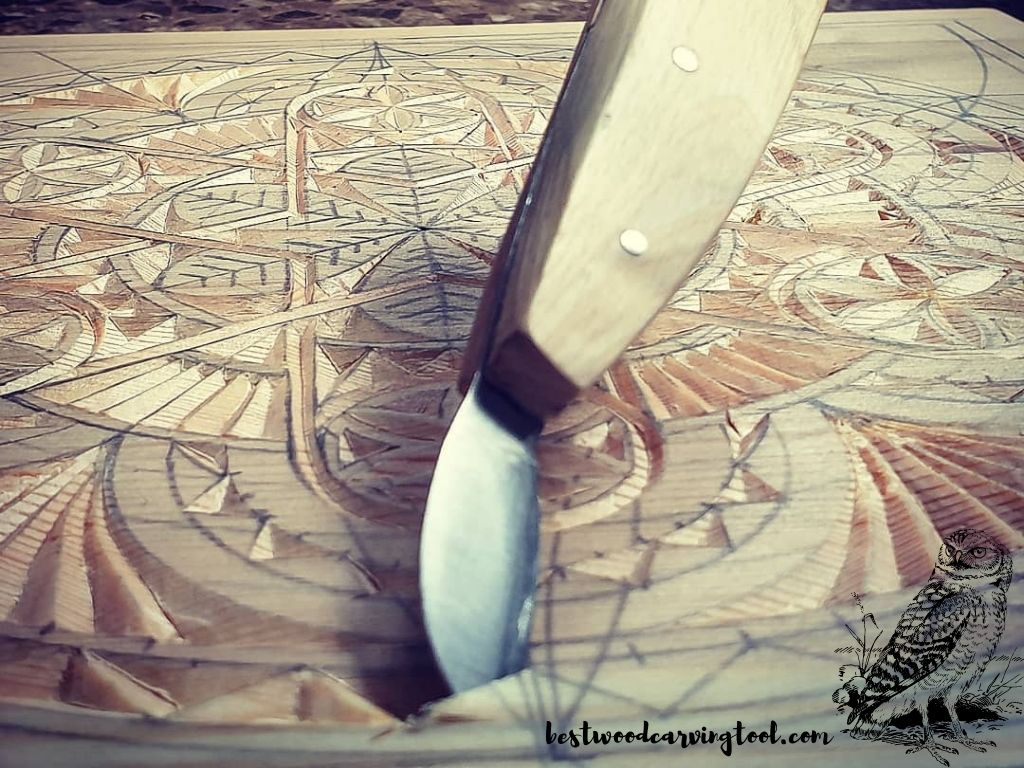
With wood relief carving techniques you will also need a chisel, and preferably a whole set of chisels that are different shapes and sizes. Apart from these tools, gouges will be required as well. It is also recommended that you use both U-shape and V-shape gouges, and it comes in handy to have a mallet on the side as well, for precise and deep delicate cuts. Relief carving requires a larger toolset and more skill than simpler wood carving projects.
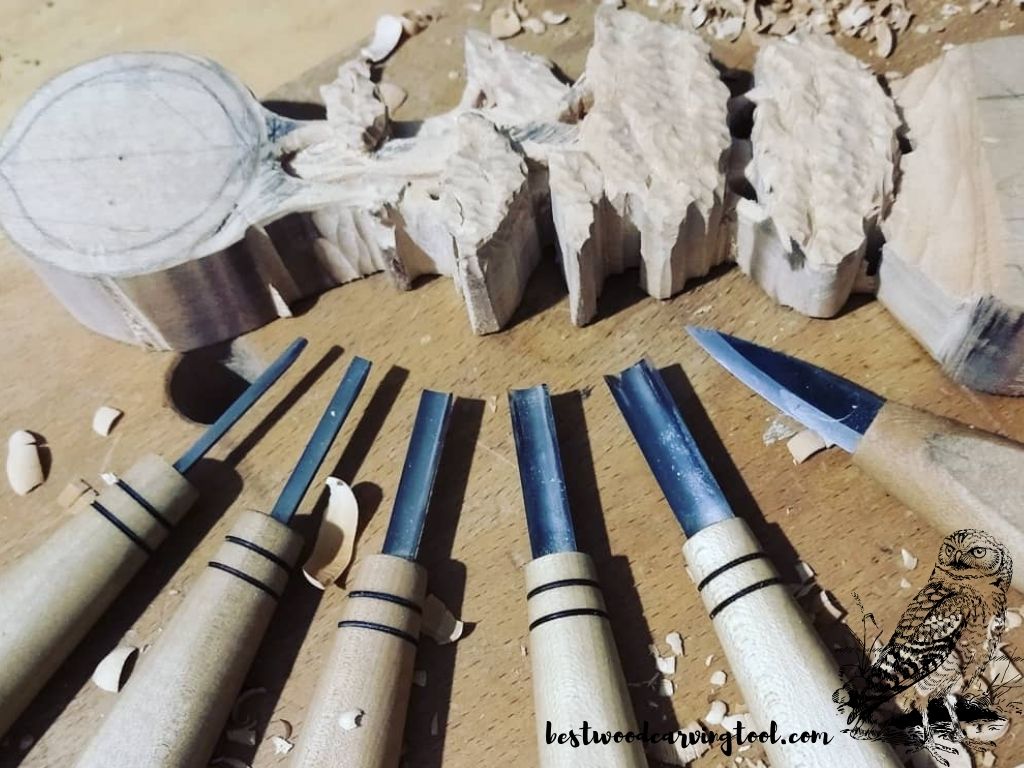
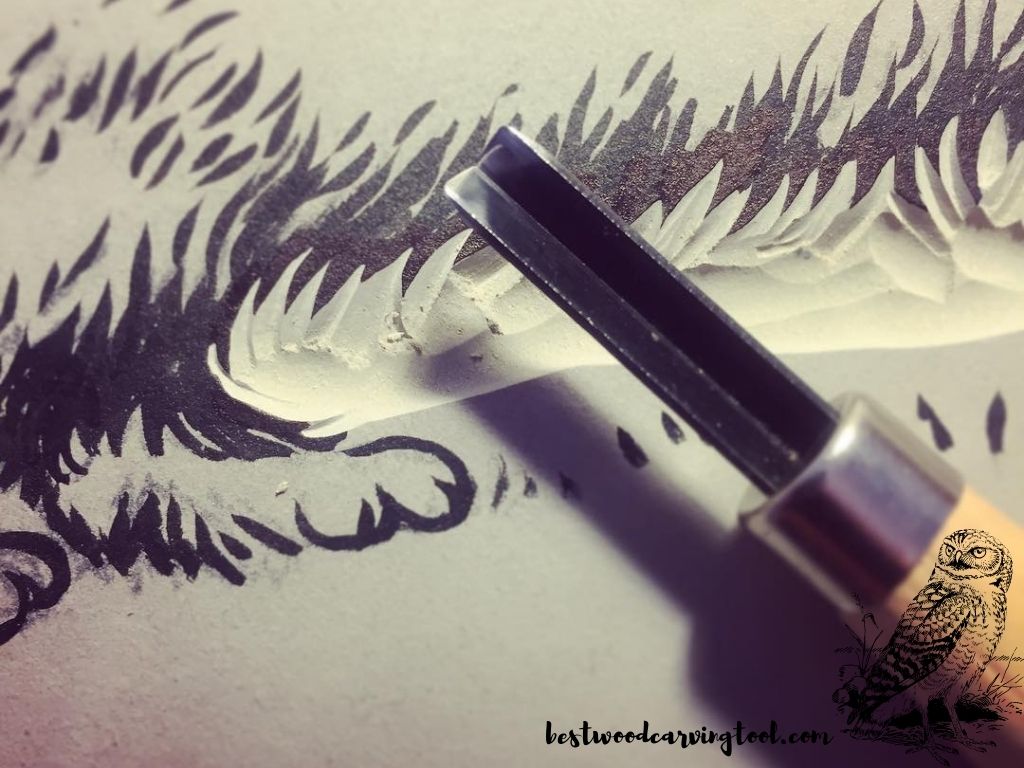
Chainsaw wood carving techniques are based on using large chainsaws to chop off the large portions of wood, while smaller saws and grinders are designed for precise and detailed carving. This style is not very common or practical, but it can give great results if you dedicate yourself to the method.

Among more exotic styles there are Japanese wood carving techniques. These sculptures are called Netsuke and they are very small. The tools that are required for these whittling and chip carving methods are very small blades (chip carving knife and chisel) with super sharp bevels. You can carve Japanese style by gently pressing the blade with your index finger and slide the bevel ahead.
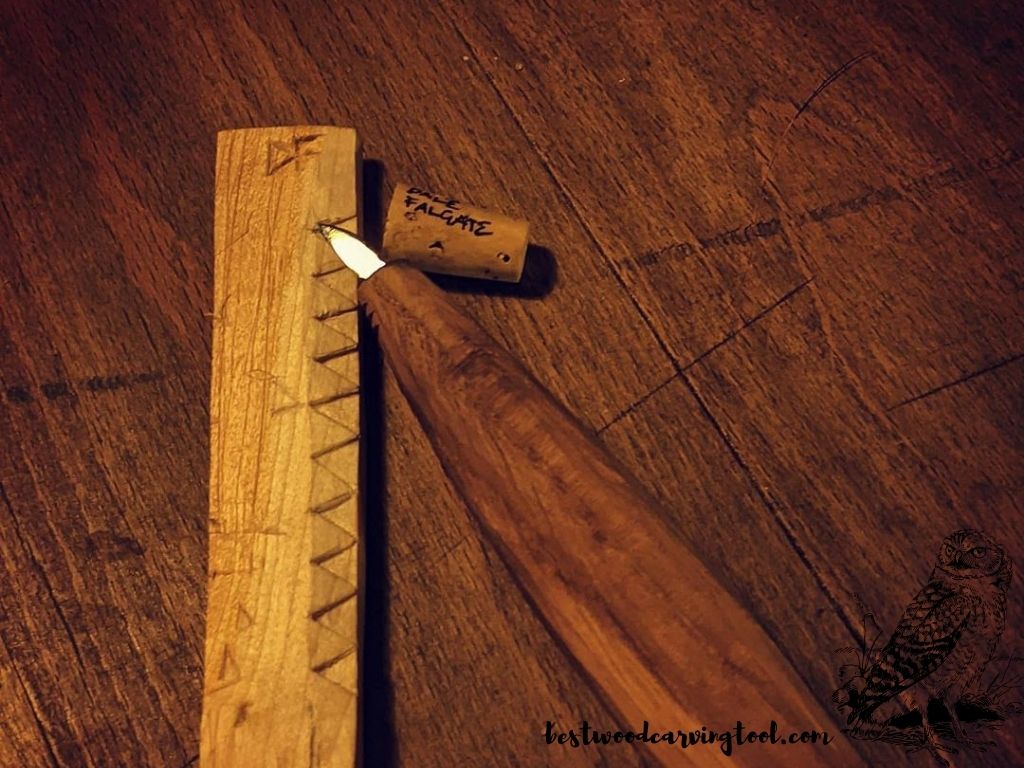
Most carving wood techniques require a combination of straight blades and bent blades such as chisels. On occasion, you will also use gouges, a saw, mallet, hook knife, drill, bar clamps, and other helpful tools. Some craftsmen are fans of power carving tools, and there are many projects that can be made perfect with a rotary tool.
A simple toolset with wood carving tools for beginners includes 12 or 24 carving knives with blades that are both straight and curved under an angle, different sizes for a variety of performances.
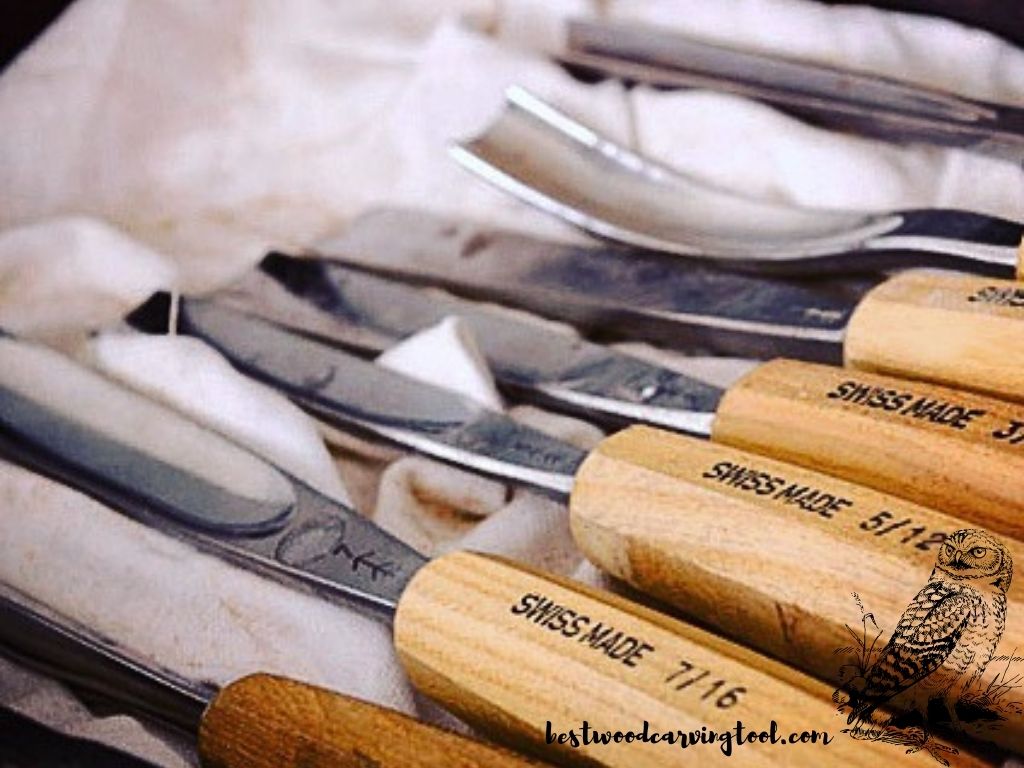
Top Wood Carving Tips & Techniques for Beginner

Whittling is among the most common wood carving techniques for beginners, and creating caricatures and animals is often the most exciting carving style that inspires people to learn more about this craft.
Chip carving is also a common choice among beginners, and with a simple chip carving guide for beginners you can make beautiful patterns with ease. A more challenging carving style is relief carving, but it is also not impossible to master. The key is having the right toolset and begin with a simple enough carving project to help you get a better feeling of how different levels are being carved.
Another useful tip for wood carving: projects and techniques is to get started with softwood block that is easy to shape, and to only work with well-sharpened tools. The best wood type for any woodcarving project is softwood, while the most common one is basswood in particular. You can carve butternut or white pine just as easily, so it is a matter of your personal preference.
What projects to start woodcarving for a beginner?
As a newbie to this hobby, don’t go overboard with your first project trying out complex styles such as undercutting techniques in wood carving. It is best to start simple, getting the jits of how the knives feel in your hand, what each blade can and cannot do, how sharp does the blade edge have to be.
Among all types of wood carving techniques, you should try whittling or chip carving first. Begin with wide projects that do not have that many details, and experiment with a carving and whittling knife, a spoon carving knife, and a simple chisel.
Set yourself small goals, one by one, mastering your craft and improving each technique. When you start learning relief carving, try low relief before you continue with deeper and complex structures. Trying to mimic professional carvings such as Chinese wood carving projects as a beginner is demanding and if you don’t get the best results it will only demotivate you in the long run.
FAQs
What type of wood is best for sculpting?
To fully explore the potential of techniques of creative wood carving, it is recommended that you use softer wood that is easier to shape and isn’t very resistant to cutting. Basswood is the most common wood used by both beginner and professional carvers, as it is both affordable and carvable. Other alternatives are pine, cedar, or butternut.
Wood carving, especially sculpting, can also be done with hardwood (walnut, oak, maple) with beautiful results in the end. The only trick is to be very careful, especially with relief carving, since some of these wood types can be prone to warping and very sensitive when you try to make strong cuts.
Types of wood carving techniques spoon use softwood, and upon finishing the project there are multiple finish coats you can apply to protect the wood from damage over time. When you are carving bowls, spoons, and other objects for your kitchen, beware to use only natural finish coats and oils that do not contain any toxic materials.
What is the best technique for beginners?
Beginners wood carving knife techniques that are the best for learning how to handle each carving tool are basic caricature and animal carving, and simple chip carving over a wood board.
Whatever endeavor you choose to try out within this craft, step by step wood carving techniques explained can help you achieve great skill levels and become a professional. Even if wood carving starts out as a hobby and a meditative practice, if you enjoy it you can even turn it into a career someday.
What is the best way to carve a piece of wood?
There are many techniques for wood carving and when you are facing a piece of wood there are some you find more appealing than the others. Overall, the best practice is to begin by removing large chunks of wood from the outside to get rid of excess material until you are left with the scale you need for your project.
All wood carving projects and techniques usually begin with getting the edges out of the way, after applying a pattern for carving that outlines well what your design will become. Going step by step, changing the tools, and carving the main shape is the middle part of this process, upon which you are dealing with detail carving and playing with the finesse.



No comments so far.
Be first to leave comment below.